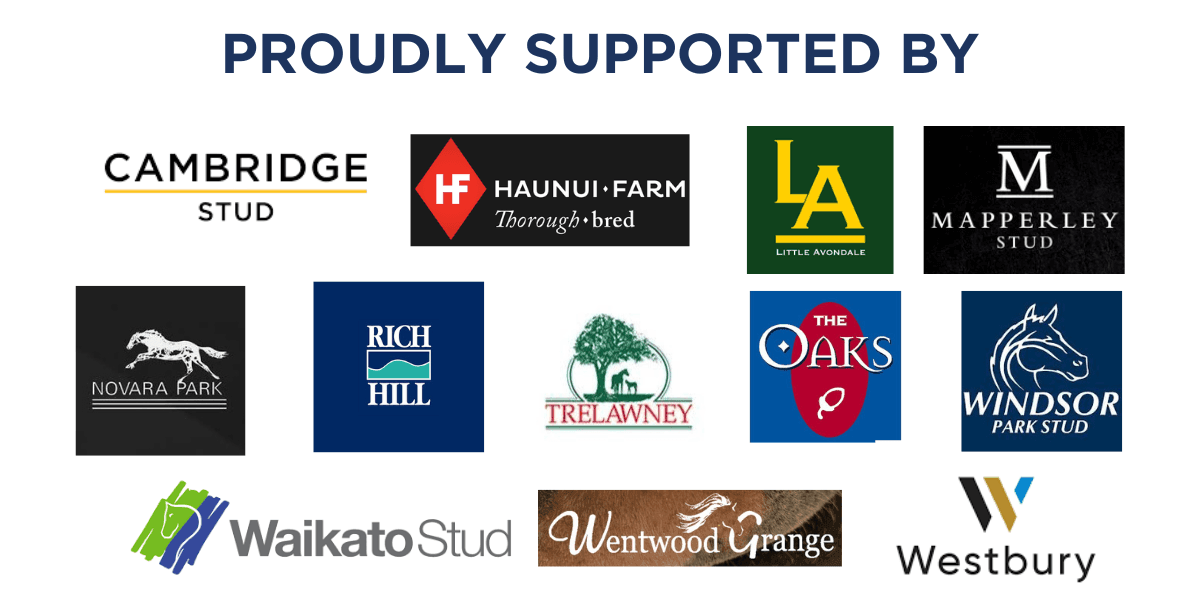BROODMARES
In The Wild
Wild mares give birth in isolation without human intervention, increasing risks of injury or foal mortality due to predation or environmental factors.
In Industry
Mares give birth in safe environments during the breeding season with a number of people watching them 24/7 including vets to give each mare and their foal the best chance of achieving optimal health
Are mares stressed by the breeding process?
Nature
In the wild, mares breed naturally, typically choosing their stallion within the herd, and mating follows natural cycles. However, stallion competition, herd dynamics, and environmental pressures cause stress, especially if multiple stallions challenge for a mare or resources are scarce. Mares will also experience multiple covers each cycle.
Nurture
Thoroughbred mares may experience some stress during a short cover by a stallion, but proper management minimises it including making sure the mare is well in season with the aim of only one cover per year (average 2-3 per year).
How often are Thoroughbred mares bred? And is it safe for them?
Nature
In the wild, mares typically produce one foal per year, with foaling rates between 60-75% in unmanaged populations. However, they face challenges like repeated matings (up to 10 per cycle), which cause physical strain, and environmental stress from food scarcity, predators, and harsh conditions, leading to pregnancy loss or failed conception.
Nurture
A mare will typically be covered once per cycle, averaging 2-3 times a year, with the goal of producing one foal annually. Thoroughbred breeding practices are safe and prioritise the mare’s welfare at every stage. Farms have a vested interest in maintaining the health of their mares because stress or poor health can lead to pregnancy loss or failure to conceive.
What are the risks involved with foaling? How often do mares die?
Nature
In the wild, foaling is unassisted, with mares relying on instinct. While complications like dystocia, hemorrhage, and retained placenta still occur, there’s no veterinary intervention, leading to higher mortality rates. Survival depends on the mare’s health, foal positioning, and environmental factors like predators and food availability.
Nurture
Foaling is natural but carries risks for Thoroughbred mares, including dystocia, hemorrhage, and retained placenta. Mortality is low (1-2%), but complications can be severe. Vigilant monitoring and expert care help ensure mare and foal safety.
How is the health of older mares managed in breeding programs?
Nature
Mares in the wild don’t benefit from veterinary support, tailored diets, or regular monitoring and their health often declines rapidly as a result. Unlike managed mares, who are retired when it’s in their best interest, wild mares are often bred until their bodies can no longer cope, with no safety net in place. While nature may seem more “natural,” it’s rarely kinder.
Nurture
Managing the health of older Thoroughbred mares in breeding programs requires a multifaceted approach that combines advanced veterinary care, tailored nutrition, and close monitoring. By prioritising their health and well-being, breeders can maximise the reproductive potential and quality of life of these valuable mares.
Is laminitis a common problem for broodmares? How is it handled?
Nature
Laminitis is uncommon in the wild however, if a wild mare does develop laminitis, there’s no intervention, and survival depends on the severity. Mild cases may resolve as the mare instinctively adjusts movement and diet, but severe cases lead to lameness, vulnerability to predators, and eventual death if she cannot keep up with the herd.
Nurture
Laminitis is not exceedingly common in broodmares but remains a serious risk under certain circumstances, such as post-foaling complications, obesity, or metabolic disorders. Prompt recognition and treatment, combined with preventive management strategies, can significantly reduce the impact of this condition on broodmares.
Are racehorses pushed into breeding too quickly after retiring?
The Thoroughbred industry takes significant steps to ensure a balanced transition. Horses are typically given adequate time to mature, recover, and adapt before entering breeding programs with most mares given 12 months after racing to transition into a broodmare and stallions at least 4 months.
What happens to thoroughbred mares when they can't breed anymore?
Nature
When they can no longer reproduce, mares lose their place in the herd hierarchy and often struggle to compete for food and shelter. With age and declining health, they’re more vulnerable to injury, illness, and predation
Nurture
Mares retiring from breeding are generally in their senior years and may no longer be suited to other activities. In New Zealand, these mares often remain on the stud farm where they last bred, sometimes taking on a nurturing role as nannies for weanlings. In other cases, they may return to their original breeder or owner’s property to live out their retirement in familiar surroundings.
Discover another life stage













